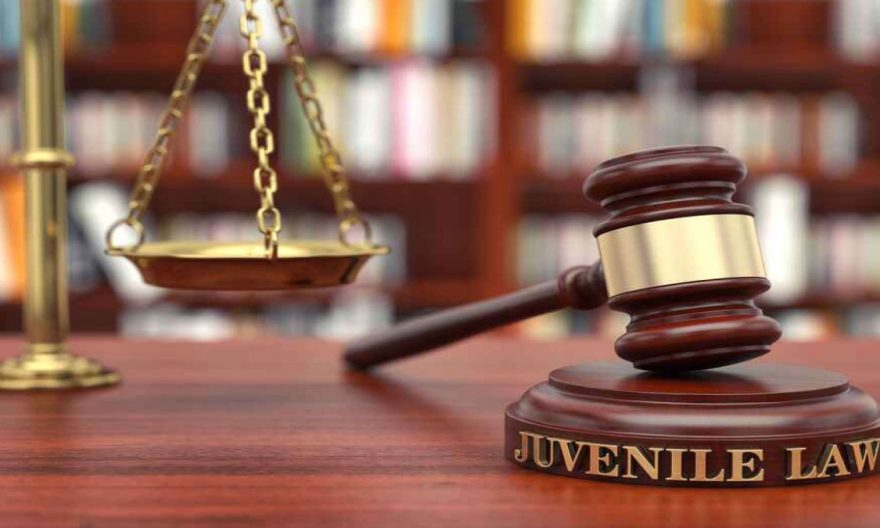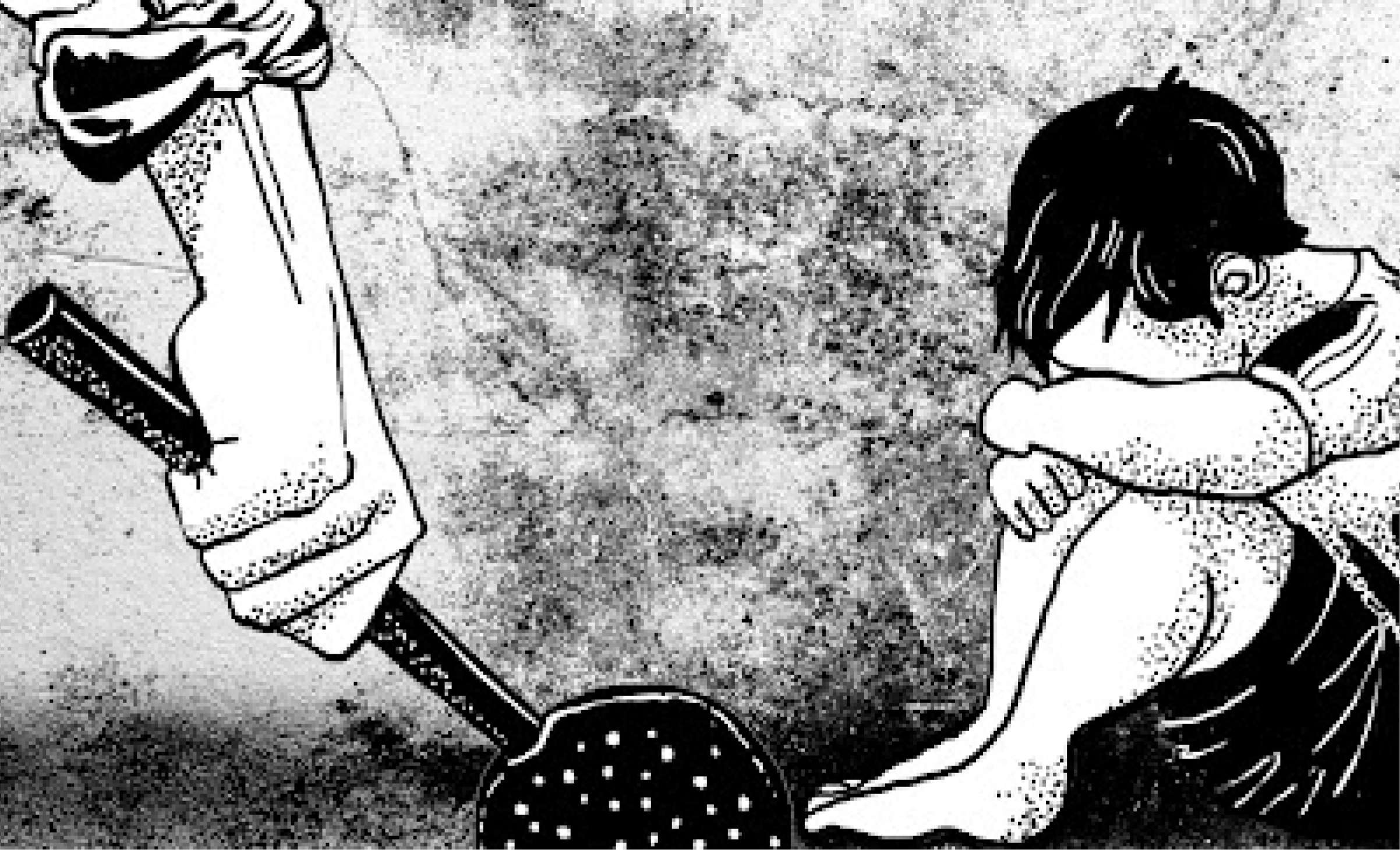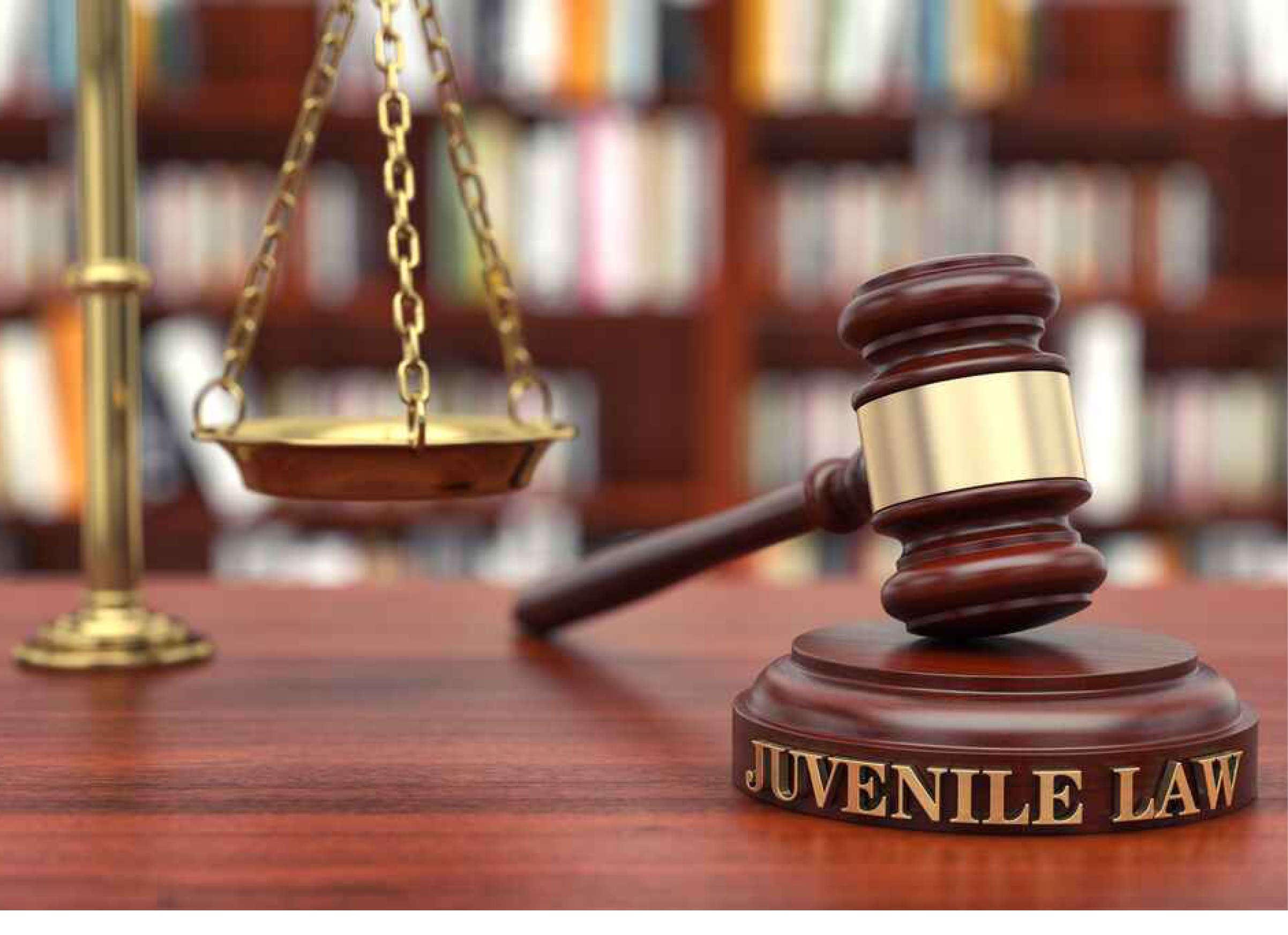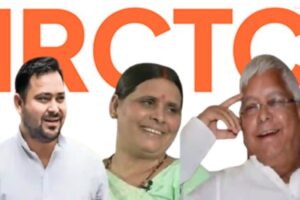
INTRODUCTION
“Old enough to do the crime, old enough to do the time”. This phrase is very common among people who have the view that juvenile offenders should be treated as adults. The juvenile justice system in India is explained in the Latin maxim “nil Novi spectrum” which suggests that nothing is new on the earth. Since the ancient period, there was a system that deals juveniles leniently because there exists a notion of thought that says young people have a propensity to react in a serious and delayed frustration which goes with aggressive approaches.
Crimes are not done only by adults in fact in the last few years several heinous offenses have been committed by juveniles. The intensity or psychology behind the commitment of a juvenile offense is determined by early life experience, cultural conditions, Socioeconomic conditions, lack of education, etc. Thus, evidently, we can say that the many factors prompting delinquent conduct in some way on another, affect the psychology of the child.


HISTORICAL BACKGROUND OF JUVENILE SYSTEM IN INDIA
The word juvenile has been derived from the Latin term ‘Juveni’ which means Youth. The movement for the special treatment of juvenile offenders has been started around the 18th century throughout the world including many developed countries like the United Kingdom, United State of America. Earlier juvenile offenders were treated as same as other adult criminal offenders. Pope Clement XI was the one who first introduced the idea of the “ instruction of profligate youth in institutional treatment”. The effort to have special courts for juvenile offenders was started for the first time in 1847, in the United State of America. And the juvenile court was established for the first time in 1899 by the state of Illinios of the United State of America.
INDIA SCENARIO-PRE INDEPENDENCE
In India, different treatment for juvenile offenders can be traced from the code of Hammurabi in 1790, BC the obligation regarding their supervision and maintenance being vested on the family. When the British were ruling in India the first center for those children called “Ragged school” was established by lord Cornwallis in 1843. Chronologically the Apprentices Act 1850 was the first law which deals with the children between the ages of 10-18 convicted in courts.
The next landmark legislation was enacted in 1876 i.e Reformatory School Act later modified in 1897 to deal with juvenile delinquents. The Act state that the sentencing court could detain boys in such institution for a period of two seven years but after attaining 18 years they would not be kept in reformatory school. The juvenile offenders were given special treatment under the act of criminal procedure, 1898. In(1919-1920) the Indian Jail Committee had made the Indian Children Act. Under this Act, each provincial government had a right to enact separate legislation for juveniles in their respective jurisdiction.
POST-INDEPENDENCE
In India, till 1960 almost every state had its separate laws for juveniles in which they had their own definitions, procedural requirements and so much their implementation also varied. After so many years of independence, the Central government enacts the Children Act, 1960, which was directly administered by the Union government and applied to every state and union territory. In Sheela Barse V. Union of India (1) in its judgment, stated that children in jails are entitled to special treatment and recommended that parliament enact uniform law which is applicable throughout the country. The juvenile justice 1986 was the result of this judgment only. In this Act, 1986 the age of males to be treated as juveniles was 16 years and that of females was 18 years. The main motive of the Juvenile Justice Act was to bring the domestic law in conformity with the United Nation standard 1985. Though, there existed loopholes and lacunas which necessitate the formulation and passage of new law.
The most important post-independence legislature for a juvenile i.e. The Juvenile Justice (care and protection of children) Act, 2000. The Act, 2000 was passed in December 2000 and came into force in April 2001. The age for both males and females was made uniform under this act. There were few grey areas on which this Act was silent and not expressive. In the landmark judgment of Partap Singh Vs. State of Jharkhand (2) the Hon’ble Supreme Court by a constitutional bench touched that issue in detail and held that “reckoning date for the determination of the age of the juvenile is the date of an offence and not the date when he produced before the authority of the court”. Thus in the light of the above judgment of the Hon’ble Supreme Court, the Act, 2000 was amended for the first time in 2006. The Act,2000, was again amended for the 2nd time in 2011.
JUVENILE JUSTICE (CARE AND PROTECTION OF CHILDREN) ACT,2015
According to the report of the National Crime Record Bureau (NCRB), the crime rate of juveniles increased by 1% to 1.2% from 2002-2013. There was a rise of 30% in crime by juveniles in the years 2012- 2014 and most of the juveniles accused were between 16 to 18 years old. The need for a new juvenile justice system was more in demand especially after the Mukesh and others vs. State of NCT of Delhi & others (3) (famously known as Nirbhaya case), a 23-year girl was gang-raped and brutally assaulted in a moving bus in south Delhi by six people and one of them was juvenile. Then in 2015, the Indian government replaced the Juvenile Justice (care and protection of children) Act, 2000 with the Juvenile Justice Act of 2015. The Act, 2015 came into force on the 1st January 2016. In this Act, there should be a deal with these children i.e. Juvenile Justice Boards (JJB) and Child Welfare Committees (CWCS). These bodies should be set up in each district.
FEATURES OF JUVENILE JUSTICE (CARE AND PROTECTION OF CHILDREN) ACT,2015
a. The Juvenile Justice (care and protection) Act 2015 defines a child as a person who has not completed the age of 18 i.e. he/she is below 18 years. The Act has given a classification regarding the term ‘child’ namely Child in need of care and protection under section 2(12) of the Act, 2015. And under section 2(13) of this Act talks about ‘Child in conflict with law’.
b. In this Act, 2015 there has been a clear distinction made regarding the aspect of offences. It had been categorically defined as-
i. Heinous Offence- an offence that has a minimum penalty of 7 years imprisonment.
ii. Serious Offences- an offence that attracts imprisonment between 3 to 7 years.
iii. Petty Offences- an offenece that attracts imprisonment up to 3 years.
There have been specifications made regarding the juveniles, who are between the age of 16 to 18 years under section- 15 of the Act, any child who fall under the given age category and commits heinous offences may be tried as an adult. But to determine this, a ‘ preliminary assessment’ to assess the child’s mental, physical capacity, is he/ she is mature enough to understand the consequences of the offence, etc should be conducted by Juvenile Justice Board.
c. There should be a Juvenile Justice Board in each district which consists of a metropolitan magistrate and 2 social workers including a woman.
d. Every state should have Juvenile Courts in each district that will be trying the juvenile offences only.
e. The 2015 act, under section-44, introduced foster care for the first time in India. Any family can register with the respective government and volunteer to foster the children in need of care and protection, or children conflict with the law.
CLAIM OF JUVENILITY
The absolute first and most debatable question among the lawmakers and socialists was the “ claim of juvenility”. Juvenility claims to be solved by Juvenile Justice Board (JJB). The Board needs to choose the case of Juvenility under the watchful eye of court procedures. The claim of juvenility can be raised in any phase of proceeding before the court and surprisingly after the removal of the matter by the board. In the case of Kulaibrahim Vs. State of Coimbatore(4) the court observed that the accused has the right to claim the juvenility at any stage of time during the trial or after the disposal of the case under section 9 of the Act,2015.
(i). In the matter of Deoki Nandan Dayam Vs. State of Uttar Pradesh(5) the Court state that entry in the register of school mentioning the date of birth of student is admissible evidence in determining the age of the juvenile.
(ii). In the matter of Satbir Singh & Ors. Vs. State of Haryana(6) the Upper Court held that to determine whether the accused is juvenile or not the date of birth which is recorded in the school records shall be taken into consideration by Juvenile Justice Board.
(iii). In the case of Krishna Bhagwan Vs. State of Bihar(7) the court stated that for trial under Juvenile Justice Board the relevant date for the considering the age of Juvenile should be on which the offence has been committed.
SUGGESTION TO IMPROVE THE JUVENILE ACCUSED IN INDIA
i. There should be a standard curriculum for the person dealing with the juvenile accused. They should have knowledge about the child psychological and biological needs of children in need of care and protection of children in conflict with the Law.
ii. Children institutions should ensure proper functioning, availability of qualified staff mental health professionals, and conformity with the provision of the law in force should be done. The childcare Institution and its authority should be made accountable and answerable for any loss thereof.
iii. There should be a trained judge in the Juvenile Court who can recognize the educational, social, and treatment needs of the children in crisis.
iv. Training and Counselling sessions should be imported to the children So that they can develop their interests and skill by which they can seek jobs and livelihood.
v. Orientation courses, seminars, and awareness programs should be organized about psychological and socio-cultural determinants and the relation between delinquent behavior and mental health issues.
CONCLUSION
It be worthy to quote “Qorianka Kilcher”, “ I think its important for us as a society to remember that the youth within the juvenile justice system are, most of the time, youths who simply haven’t had the right mentors and supporters around them because of circumstance beyond their control”. Although the increasing rates in crimes of the juvenile are a very concerning issue, there is a huge difference between when children perform any crime their mental state and when an adult commits any crime. As in every act which was enacted by the Indian government, their main motive is to create the opportunity for the juvenile, to proceed ahead to create an egalitarian society of higher order, etc. The bill passed by the Lok Sabha namely the juvenile justice (care and protection of children) bill, 2015 is considered to be extremely progressive legislation and the perfect implementation of this law will further add the effectiveness of the law. Although, In this law, the implementation is a very serious concern, In the case of Sampurna Behrua Vs. Union of India (8), the Hon’ble court issued a direction to be complied with by the High Courts and other authorities. In that various direction was related to registration of proceeding on its own by the High Courts for the effective implementation of the juvenile justice (care and protection of children) bill, 2015.
However every nation has Juvenile Justice Act, and they likewise had amended it to make it more specific and modern yet they should have properly implemented it. Society must also support the government to decrease juvenile crime.
There have been specifications made regarding the juveniles, who are between the age of 16 to 18 years under Section- 15 of the Act, any child who comes under the given age category and commits heinous offences may be tried as an adult. But to determine this, a ‘ preliminary assessment’ to assess the child’s mental, physical capacity, is he/ she is mature enough to understand the consequences of the offence, etc should be conducted by Juvenile Justice Board.
The post REFORMING THE JUVENILE JUSTICE SYSTEM appeared first on The Daily Guardian.




